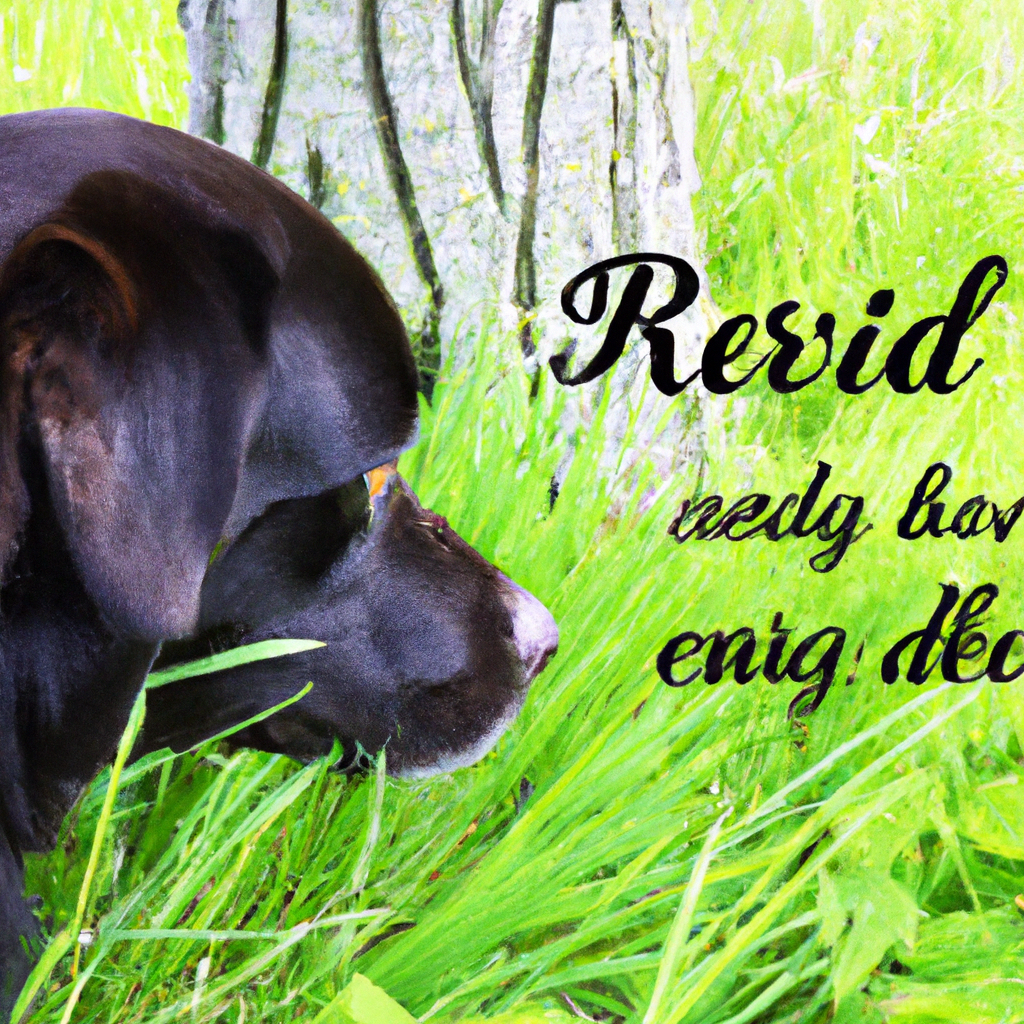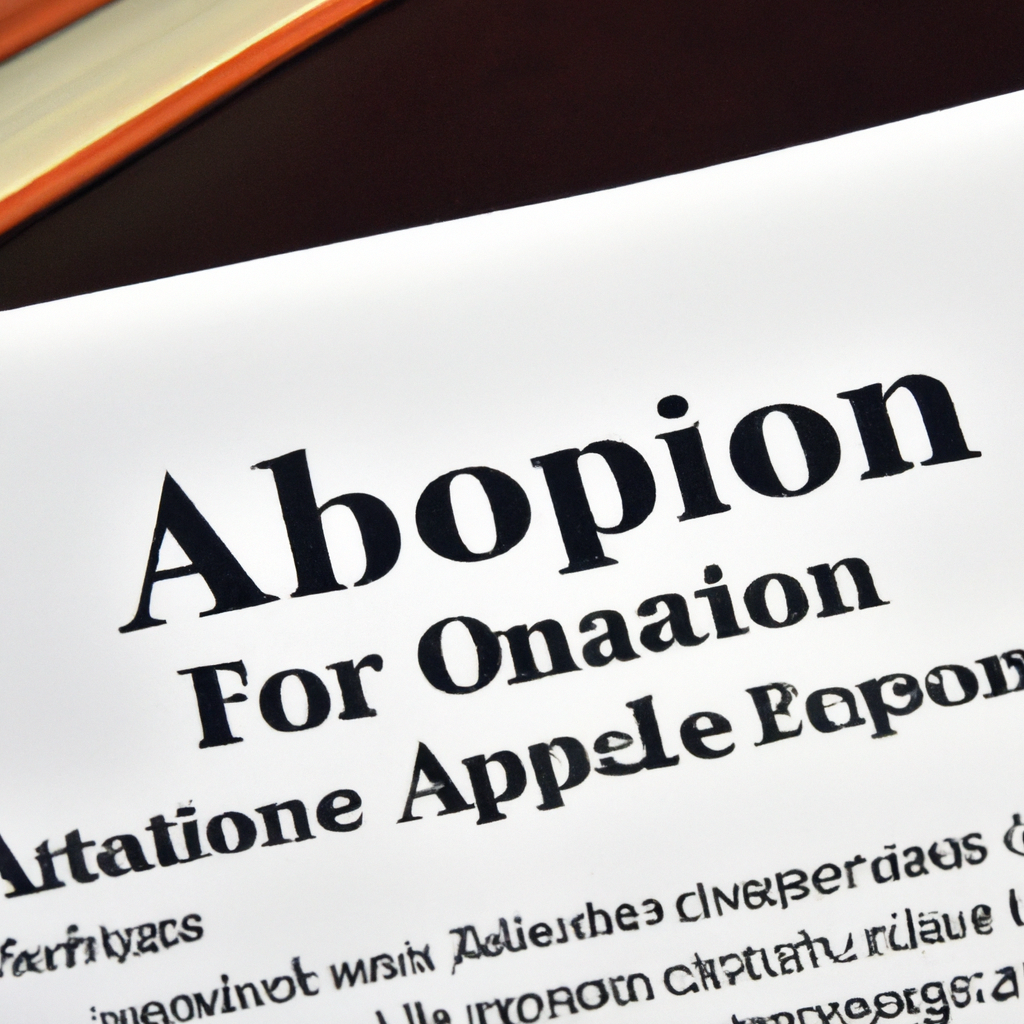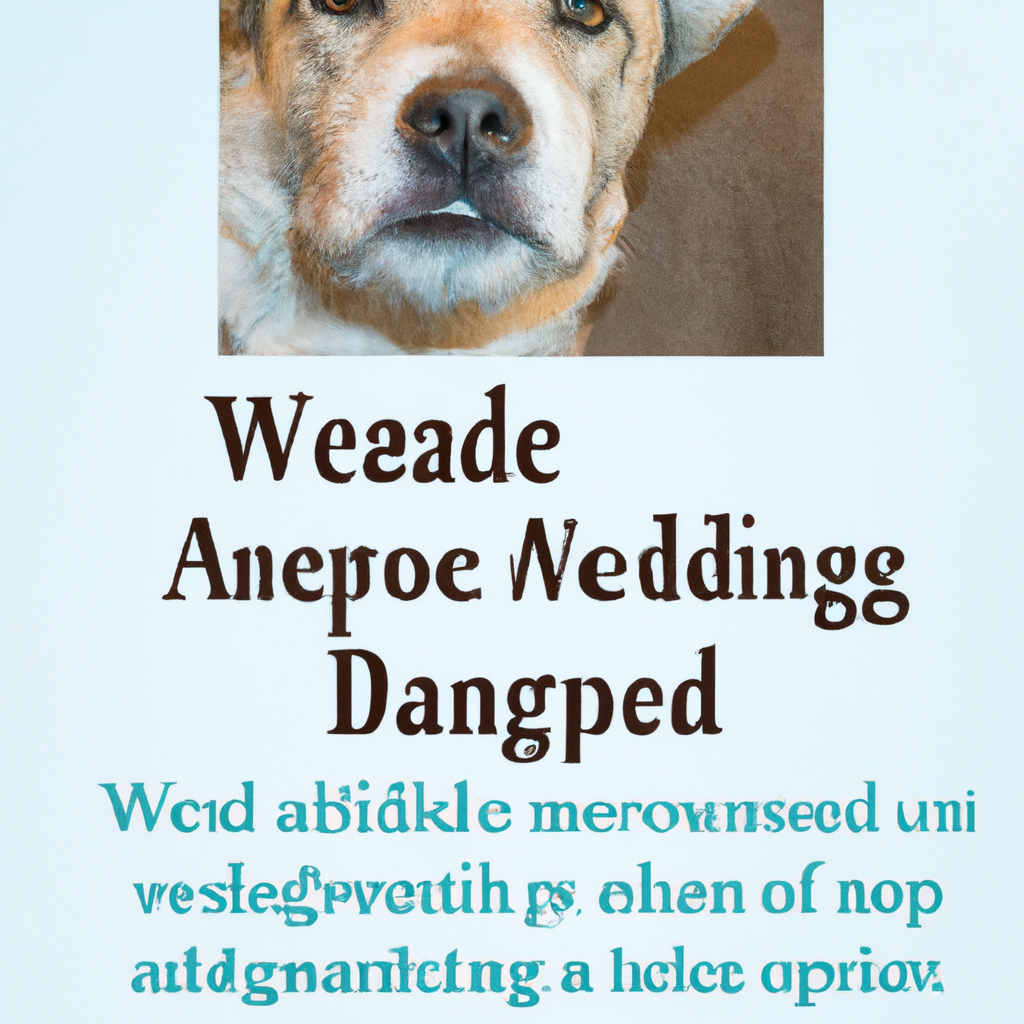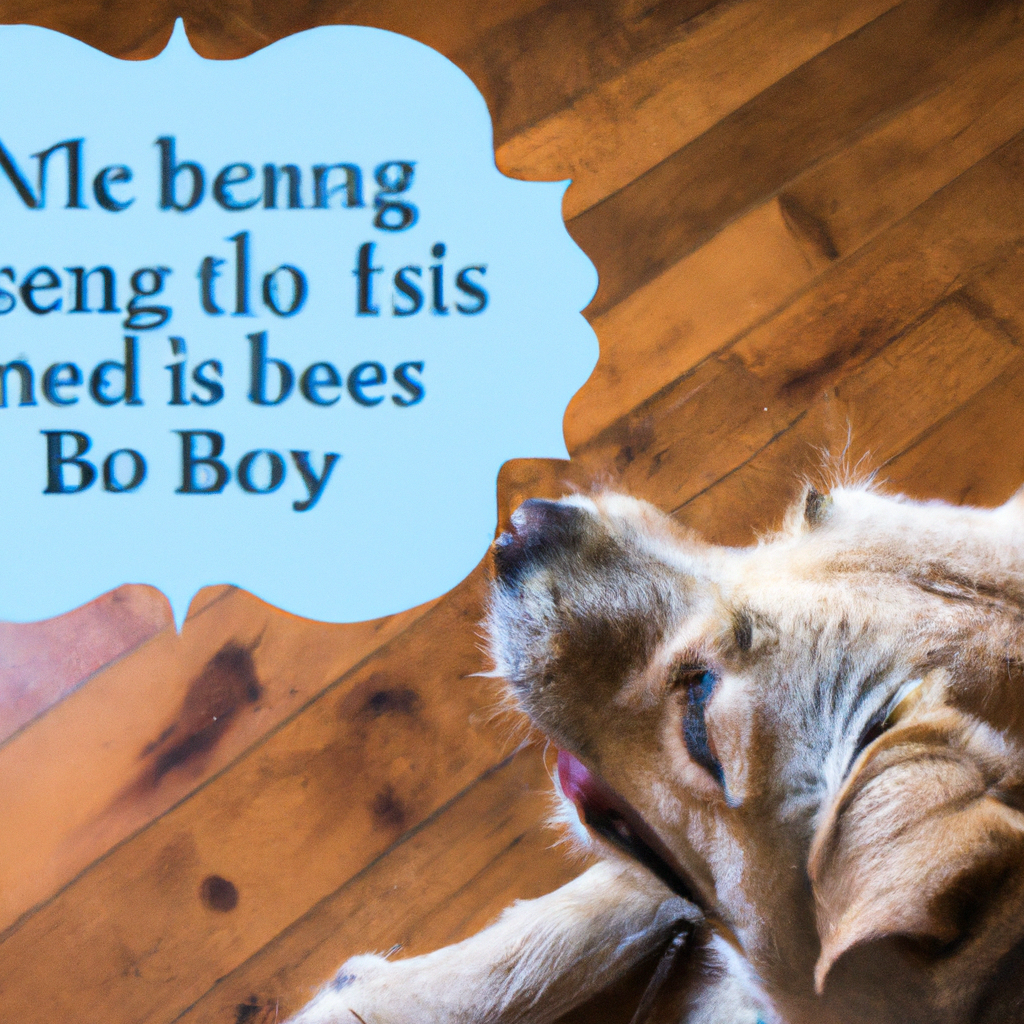The Impact of Dog Adoption on Wildlife Sanctuaries
The Impact of Dog Adoption on Wildlife Sanctuaries Introduction Wildlife sanctuaries play a crucial role in preserving and protecting
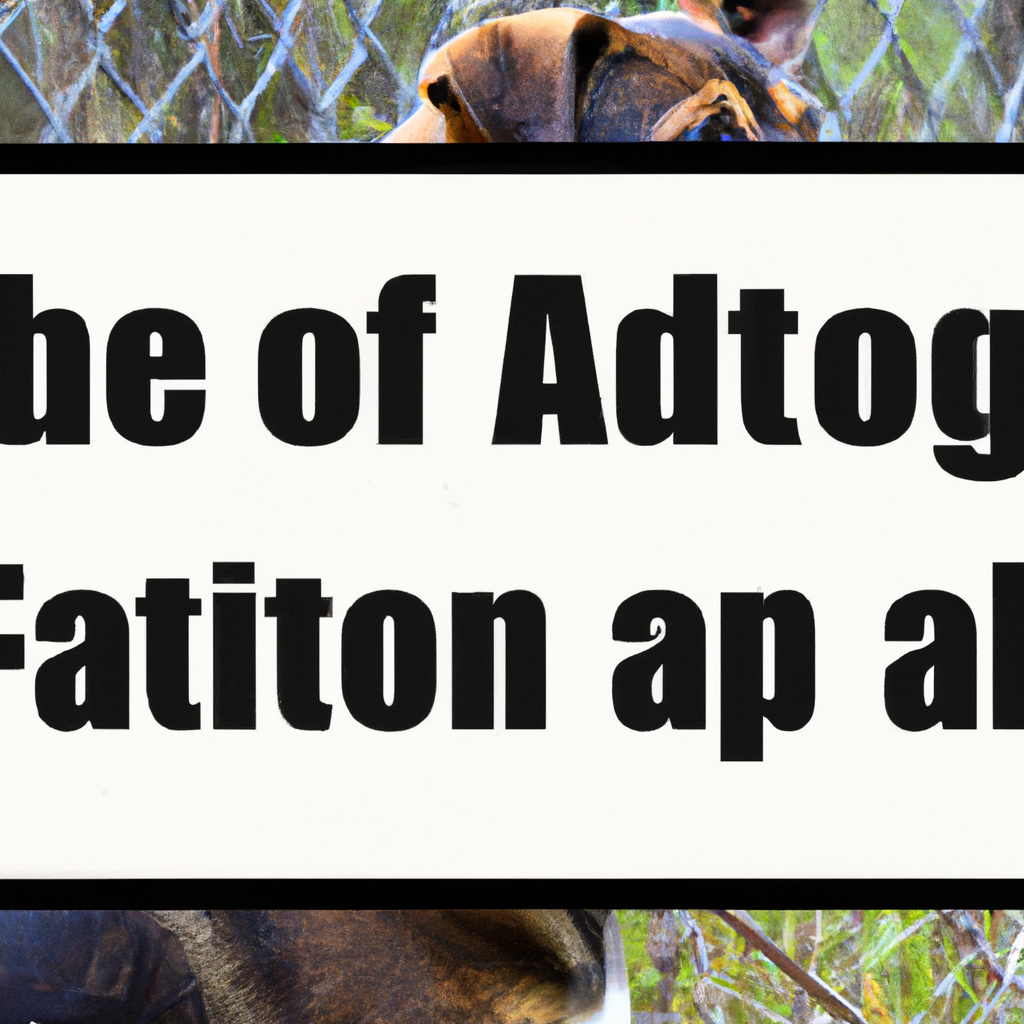
The Impact of Dog Adoption on Wildlife Sanctuaries

Introduction
Wildlife sanctuaries play a crucial role in preserving and protecting our planet’s biodiversity. These safe havens provide refuge to endangered species and help maintain ecological balance. However, the delicate ecosystems they shelter can be disrupted by unexpected contributors. It may come as a surprise, but dog adoption can significantly impact wildlife sanctuaries, both positively and negatively.
The Positive Effects
While dogs are known as man’s best friends, they can also become allies to wildlife sanctuaries. For instance, certain dog breeds are incredibly talented at detecting and tracking invasive species. Invasive species pose a threat to native plants and wildlife as they compete for resources, often outcompeting and driving local species to extinction. By training dogs to detect these invaders, wildlife sanctuaries can take timely action to prevent further degradation of their ecosystems.
Another positive impact of dog adoption on wildlife sanctuaries is an increase in public awareness and engagement. Many sanctuaries allow visitors to bring their dogs along during educational tours. These interactions between visitors and dogs create a unique experience, encouraging people to learn more about wildlife conservation and, in turn, support these sanctuaries.
The Negative Effects
However, dog adoption can also have negative consequences on wildlife sanctuaries. Dogs, instinctively, are hunters with a strong predatory drive. If not adequately controlled or monitored, they can pose a significant threat to the resident wildlife within and near sanctuaries. Dogs, especially those without proper training, can disturb and even harm native wildlife, disrupt their mating and breeding patterns, or spread diseases.
In some cases, dogs that have been abandoned or left to roam freely near sanctuaries can interbreed with wild canids, leading to genetic pollution. This can have severe consequences for endangered species by diluting their genetic uniqueness, reducing their adaptability, and disrupting the natural balance of the ecosystem.
Conclusion
While the impact of dog adoption on wildlife sanctuaries might seem unexpected, it is necessary to consider both the positive and negative effects. By utilizing trained dogs to combat invasive species and promoting responsible pet ownership, we can ensure the harmonious coexistence of domestic animals and wildlife in and around these sanctuaries. Education, training, and strict regulations regarding dog ownership can maximize the positive impact and minimize the negative consequences on wildlife sanctuaries, ultimately contributing to the overall conservation efforts on our planet.


